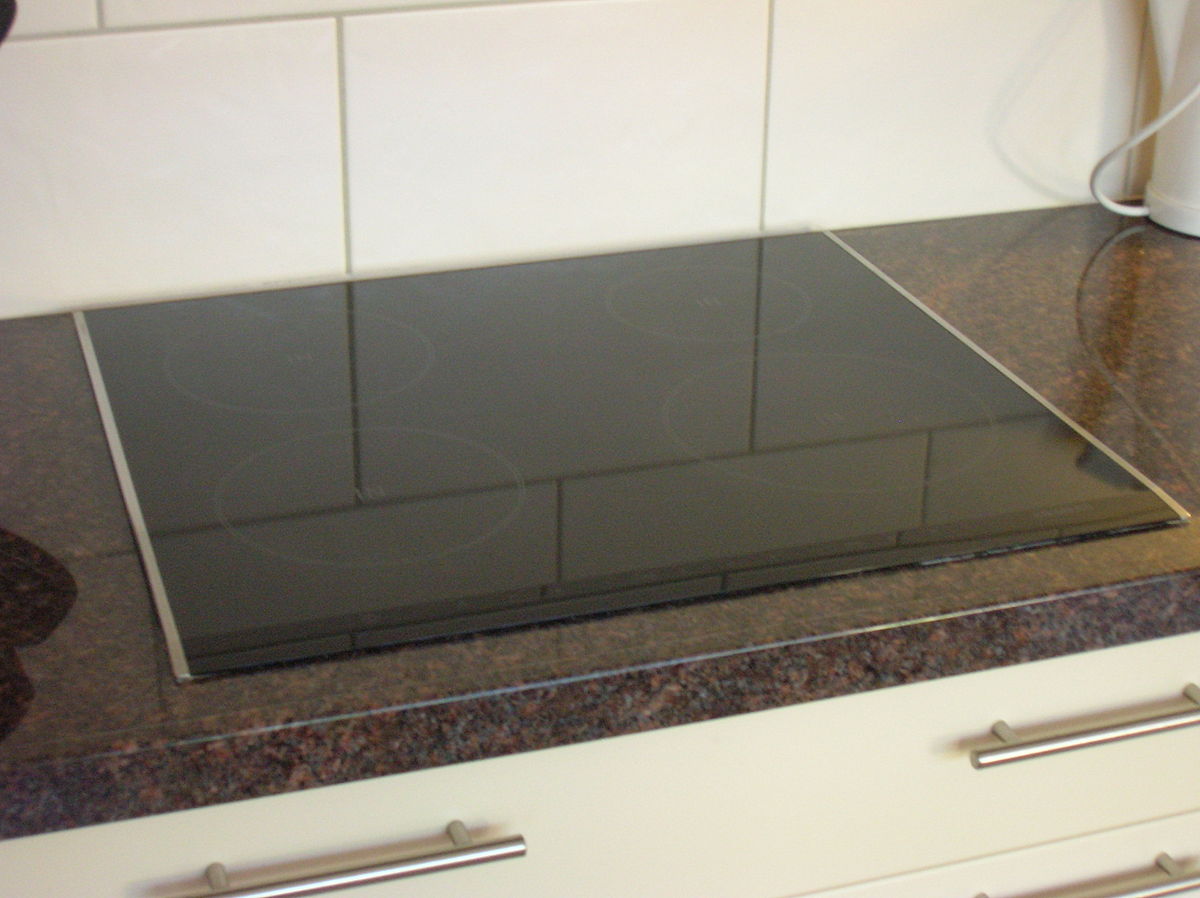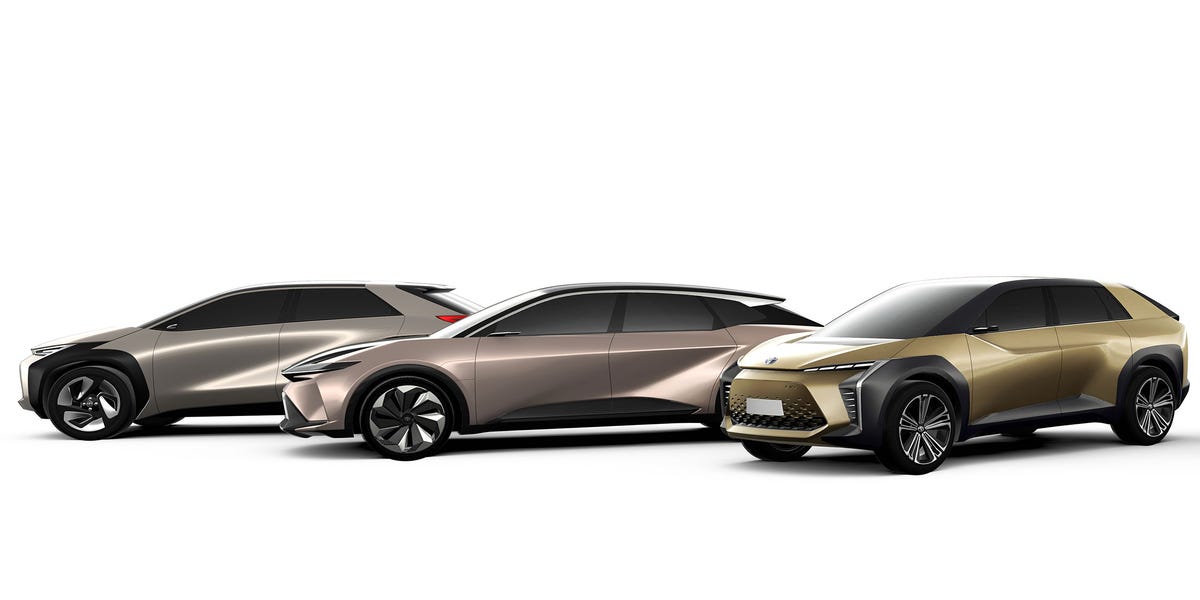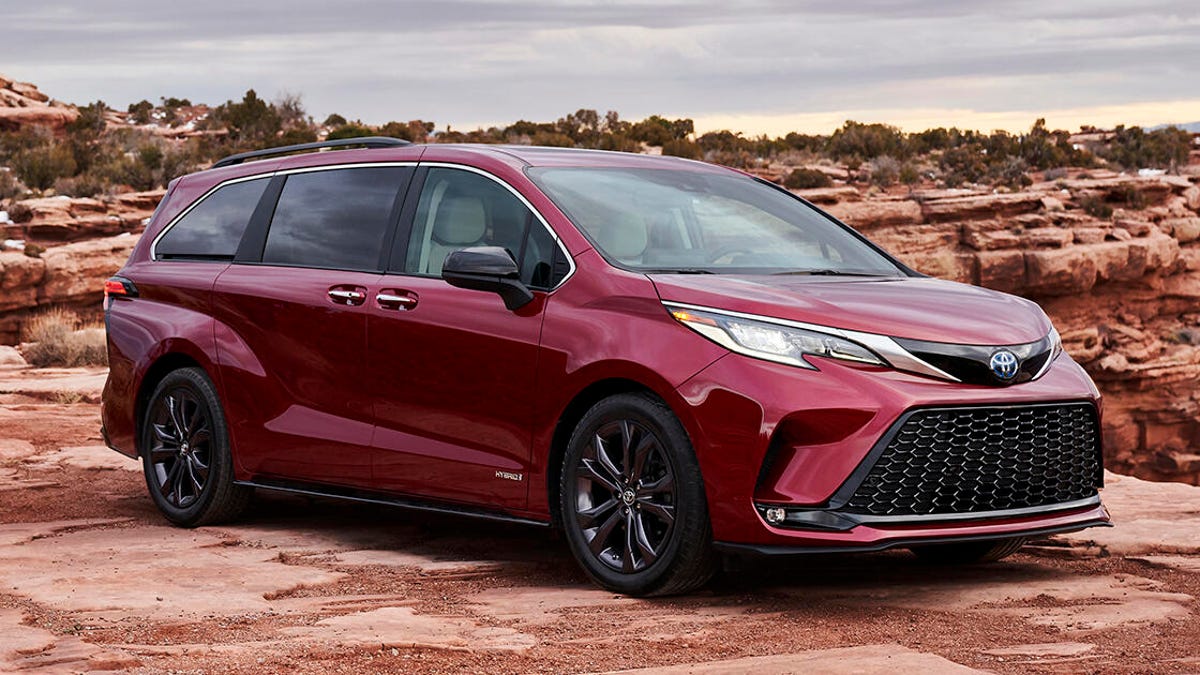Why no DC fast charging?
Featuring a technologically advanced hybrid architecture, the Transit Custom Plug-In Hybrid’s front wheels are driven exclusively by a 92.9 kW electric motor powered by a 13.6 kWh lithium-ion battery pack. Ford’s multi-award-winning 1.0‑litre EcoBoost petrol engine acts as a range extender for total driving range exceeding 500 kilometres (310 miles).
Ford is also introducing a new Tourneo Custom Plug-In Hybrid eight-seat people-mover, utilising the same advanced powertrain technology. Offering superior levels of refinement in a spacious rear compartment with unique-in-segment conference seating, the Tourneo Custom Plug-In Hybrid makes an ideal executive shuttle for businesses aiming to meet clean-air targets in areas such as inner cities or airports.
A charging port located within the front bumper enables the new Transit Custom Plug-In Hybrid to be charged in 4.3 hours using a domestic 240-volt 10-amp power supply, or 2.7 hours using a commercial type-2 AC vehicle charger. Additional electrical energy is captured through regenerative charging when the vehicle decelerates or brakes.
An optional 12-volt Epower Pack will enable operators to run high-power electrical equipment such as power tools or site lights from the vehicle’s high-voltage battery, using an easily accessible connection delivering up to 6 kW of power.
The Tourneo Custom Plug-In Hybrid people-mover has a pure electric driving range of up to 53 km (33 miles) NEDC, the Tourneo Custom Plug-In Hybrid also is covered by Ford’s eight-year/160,000 km (100,000-mile) battery pack warranty.





